Spring is a vibrant season filled with new beginnings, making it the perfect time for educators to inspire young minds with hands-on activities that celebrate nature and promote learning. As flowers bloom and the weather warms, Australian classrooms can engage students with exciting spring activities that enhance their educational experience. From outdoor explorations to creative indoor projects, here are some fun and educational activities to consider for your classroom this spring!
Nature Scavenger Hunt
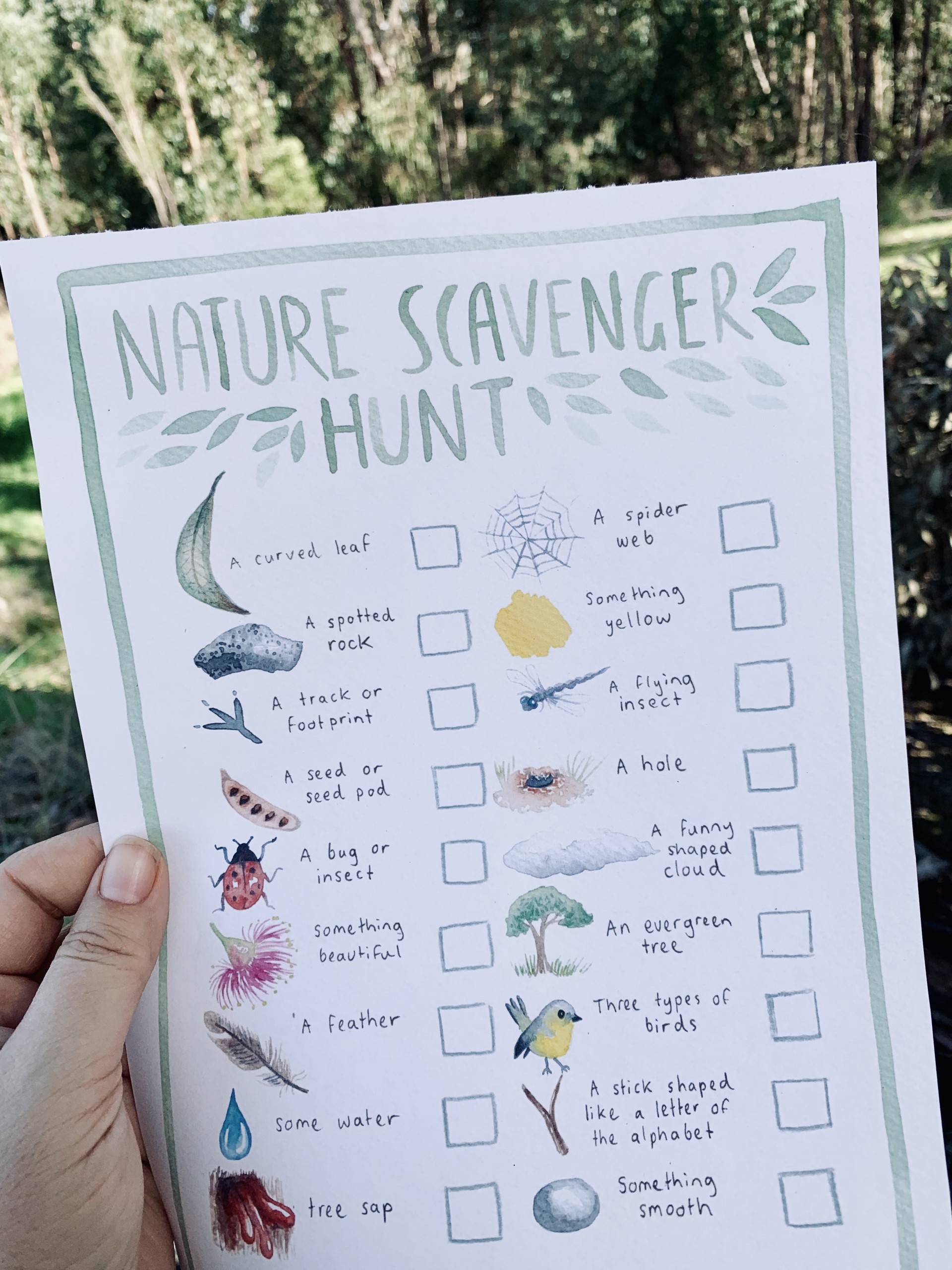
Kick off the season with an exhilarating nature scavenger hunt! Equip your students with a colourful checklist of items to find, such as vibrant flowers, buzzing insects, unique leaves, and interesting rocks. To make it more engaging, you could provide magnifying glasses to enhance their observational skills and allow them to closely examine the details of their finds.
- Storybook: Read Bowerbird Blues by Aura Parker before the hunt.
- Preparation: Prepare checklists with illustrations of items to find and provide students with bags, pencils, and nature journals.
- Instructions: Define a safe area for the hunt and explain the importance of respecting nature.
- During the Hunt: Encourage students to take notes in their journals about what they see, hear, and feel, while teaching them about the local ecosystem.
- Storytelling Element: Have students share their findings and create short stories based on the items they discovered.
- Reflection: Discuss what they learned and consider displaying their journals or collected items to foster ongoing conversations about nature.
Outdoor Craft Stations

Source: https://www.tts-group.co.uk/blog/2018/08/22/top-12-outdoor-art-ideas.html
After the natural scavenger hunt, you could opt for outdoor craft stations where students can turn their collected treasures into artworks. Using their unique leaves, flowers, and rocks, they can create nature-inspired collages, leaf rubbings, and painted rocks. This extended activity encourages them to reflect on their scavenger hunt discoveries, incorporating the textures, shapes, and colours they found into their creations. Each craft station becomes a natural extension of their exploration, enhancing their connection to nature while fostering creativity and self-expression.
- Preparation: Gather natural finds (leaves, flowers, rocks) and craft supplies (paper, markers, glue, paint).
- Instructions: Create up to 3 stations to allow space for focused creativity.
| Suggested Craft Stations |
|---|
| — NATURE COLLAGE — Materials: Collected leaves, flowers, twigs, glue, and paper. Activity: Students use their found items to create nature-inspired collages that mirror their surroundings. Tip: Encourage them to recreate the flowers, insects, or scenes they observed. |
| — PAINTED ROCKS — Materials: Smooth stones, outdoor-friendly paint. Activity: Students paint rocks to represent animals or springtime characters. Tip: Suggest they incorporate Australian Indigenous symbols or dot patterns to create their own designs. |
| — LEAF AND BARK RUBBINGS — Materials: Collected leaves, bark, crayons, and paper. Activity: Children place paper over leaves or bark and rub crayons over the surface, creating textured impressions. Tip: Encourage them to experiment with different leaves for a variety of textures and designs. |
| — KINDNESS CARDS — Materials: Card paper, markers, natural items for decoration. Activity: Students design cards with positive messages and spring-themed motifs, which they can give as tokens of kindness. Tip: Encourage them to incorporate symbols like flowers, rainbows, or animals from nature. |

Source: https://myplayroom.com.au/products/aboriginal-symbol-stones
- Storytelling Element: Use prompts, such as “What does your artwork say about?” to encourage sharing what inspired their designs.
- Outdoor Showcase: Arrange a display of students’ work in a “Spring Art Gallery.”
- Reflection: Celebrate children’s creations and discuss how nature inspires art and emotions.
Spring Story-time Picnic
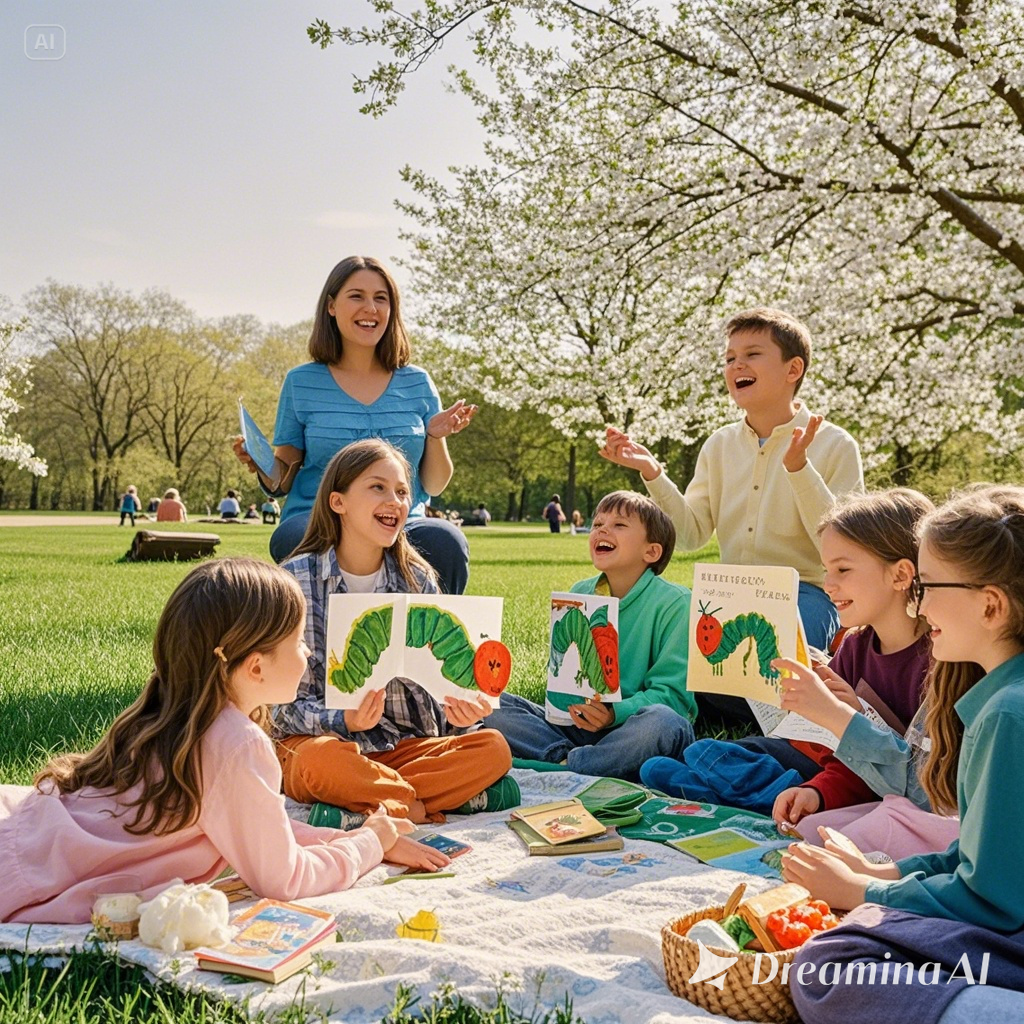
Spring Storytime Picnic: A Joyful Outdoor Reading Experience
- Book Selection: Choose spring-themed books like Just Enough by Steven Huynh or The Very Hungry Caterpillar by Eric Carle or any children’s decodable readers.
- Picnic Setup: Bring blankets, healthy snacks, and water bottles for comfortable seating outdoors.
- Read-Aloud Session: Read books aloud with expressive gestures; encourage kids to join in with sounds or phrases. Or, they can just read with their partners.
- Discussion: Ask open-ended questions about story themes, characters’ feelings, and nature.
- Creative Activity: Let students draw or write about their favourite parts in nature journals.
Reflection: Have students share their work and discuss what they learned about spring and nature
By incorporating a Spring Story-time Picnic into your teaching, you provide students with an enjoyable way to connect literature with the beauty of the season. This hands-on activity fosters a love for reading, encourages creative expression, and strengthens their connection to the environment.
Integrating these fun and educational spring activities into Australian classrooms will not only enrich students’ learning experiences but also foster a love for nature and storytelling. By combining hands-on exploration with creativity and collaboration, educators can inspire curiosity and critical thinking among their students this spring.
Ready to bring the spirit of spring into your classroom? Explore these engaging activities and enhance your lessons with captivating stories! Visit our Book Hub to find a treasure trove of books that will inspire creativity and curiosity in your students. Let’s make this spring unforgettable together!





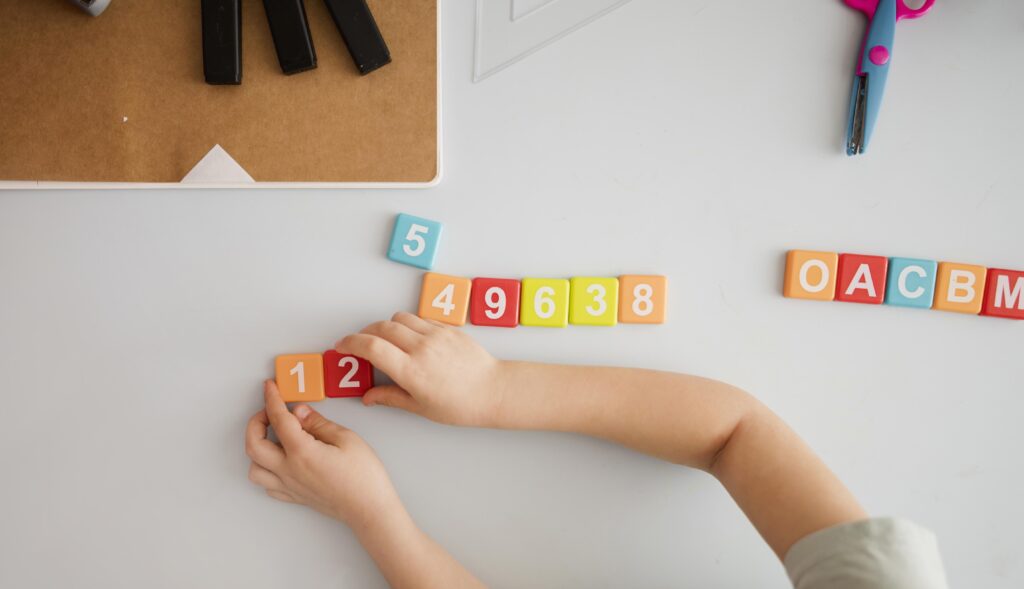
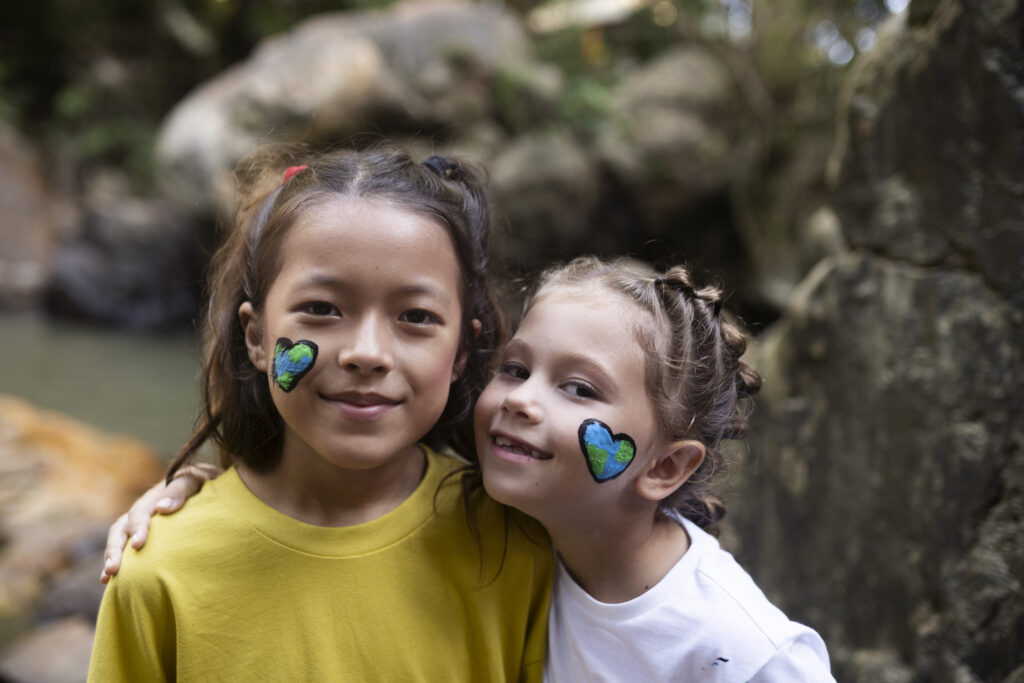
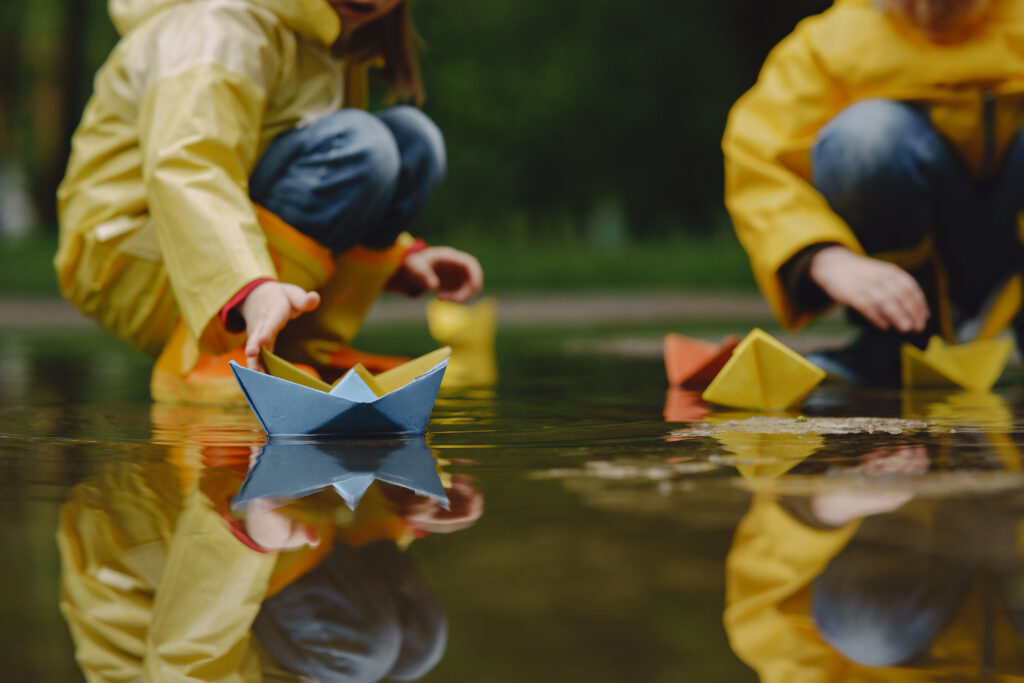

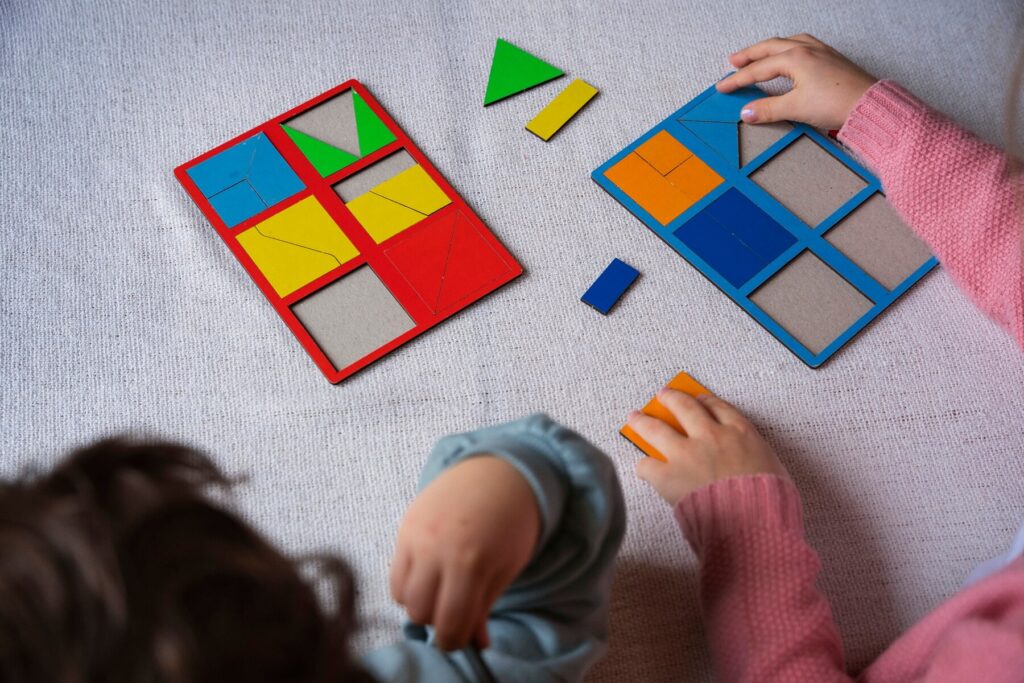



Leave a Reply